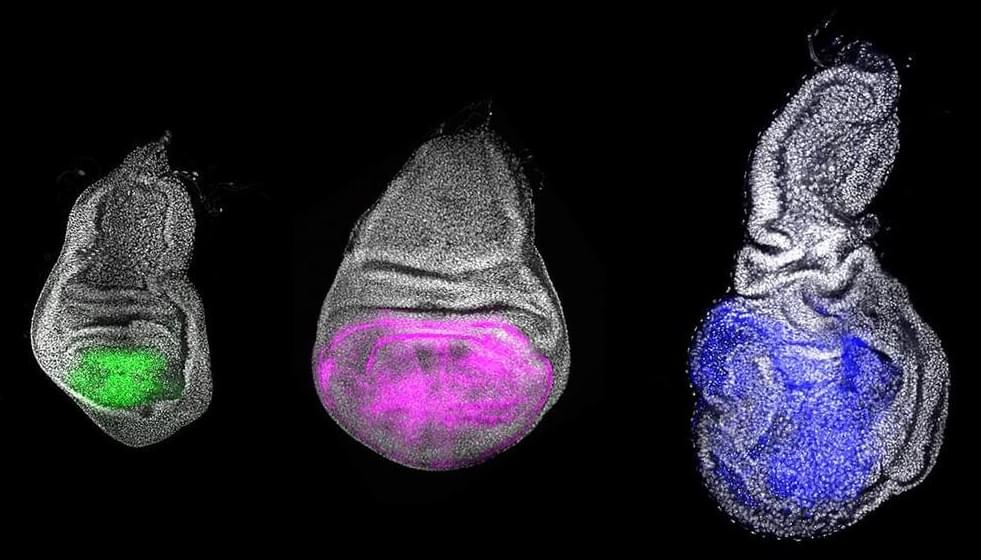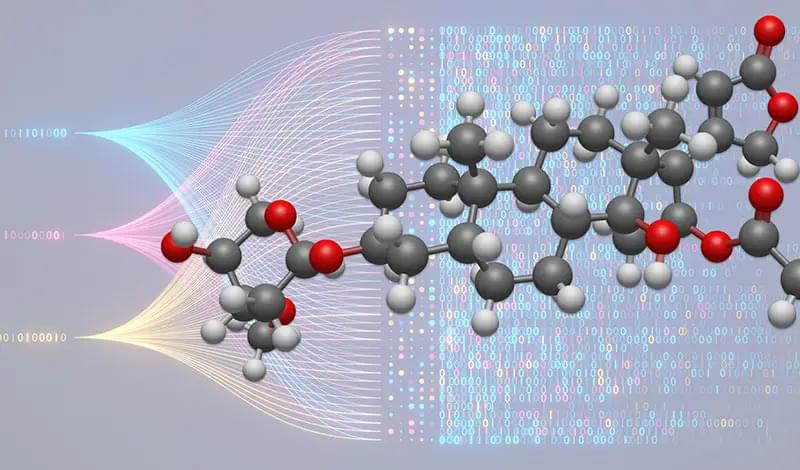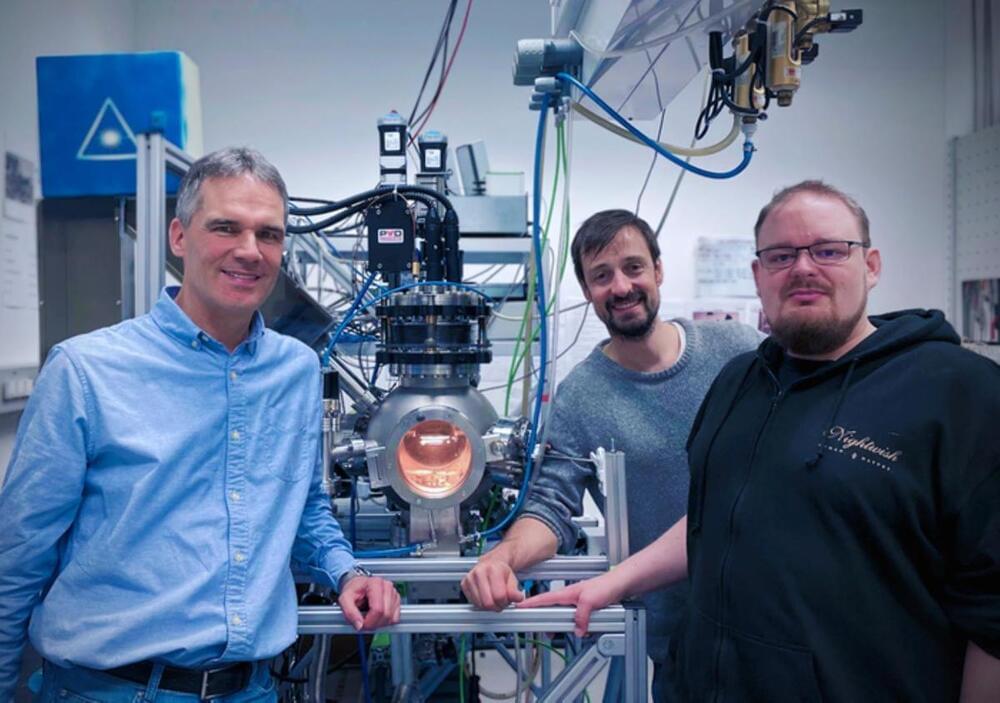The African turquoise killifish is an emerging vertebrate model organism with great potential for aging research due to its naturally short lifespan. Thus far, turquoise killifish aging omic studies using RNA-seq have examined a single organ, single sex and/or evaluated samples from non-reference strains. Here, we describe a resource dataset of ribosomal RNA depleted RNA-seq libraries generated from the brain, heart, muscle, and spleen from both sexes, as well as young and old animals, in the reference GRZ turquoise killifish strain. We provide basic quality control steps and demonstrate the utility of our dataset by performing differential gene expression and gene ontology analyses by age and sex. Importantly, we show that age has a greater impact than sex on transcriptional landscapes across probed tissues. Finally, we confirm transcription of transposable elements (TEs), which are highly abundant and increase in expression with age in brain tissue. This dataset will be a useful resource for exploring gene and TE expression as a function of both age and sex in a powerful naturally short-lived vertebrate model.
The authors have declared no competing interest.






